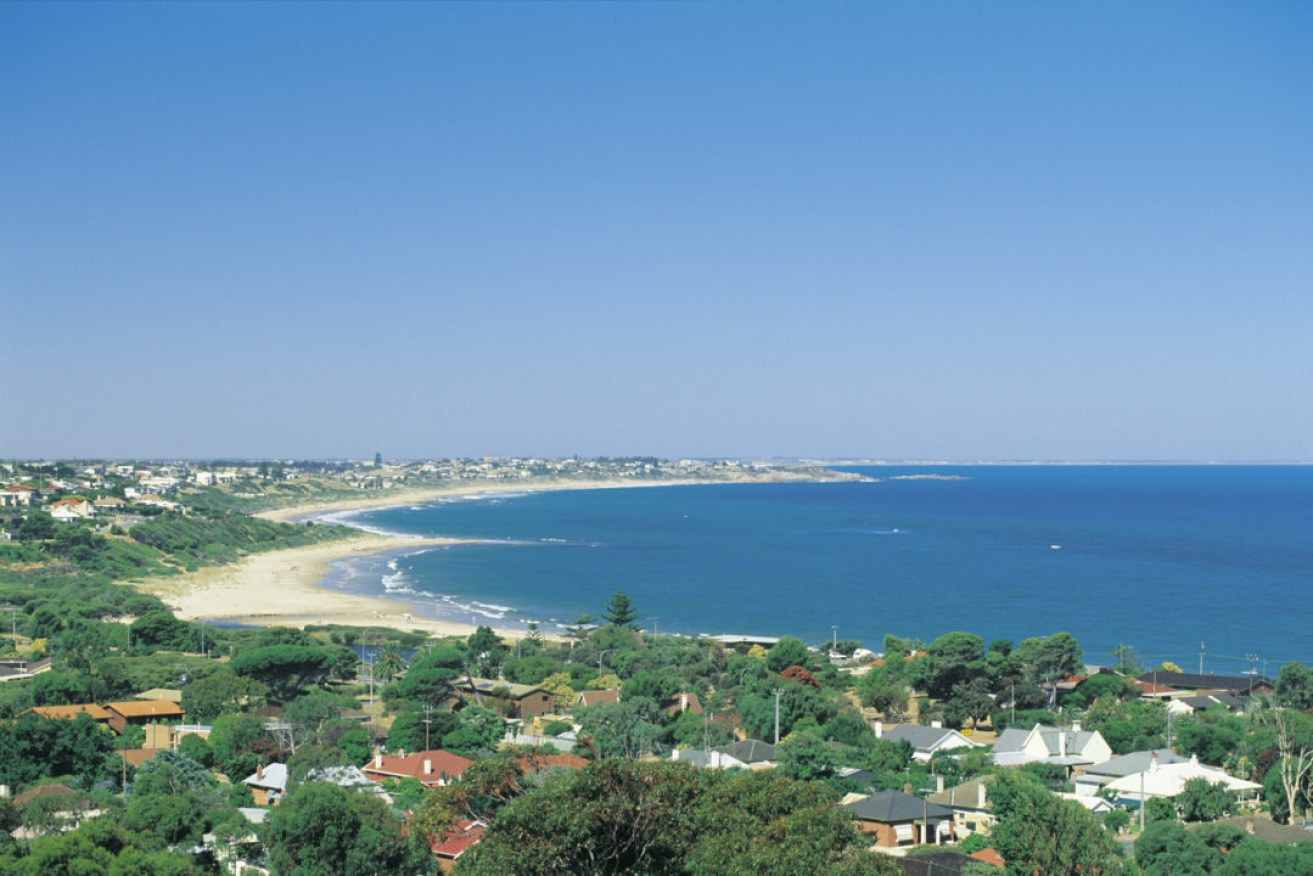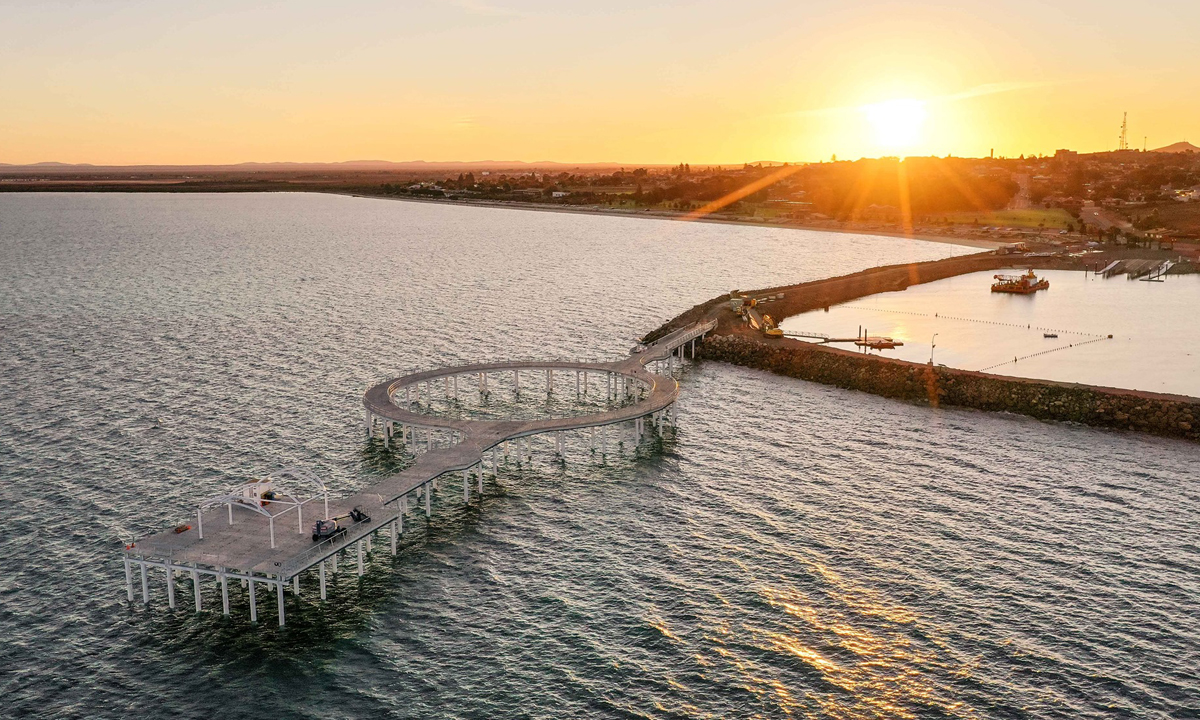Population on slide in SA regions as city fringes beckon
The population gulf between urban and rural South Australia continues to widen as several of the state’s once-thriving regions struggle to provide opportunities to keep residents and lure new ones.


Victor Harbor is among a number of Fleurieu Peninsula towns within easy reach of Adelaide to experience population growth.
Latest Australian Bureau of Statistics data updated last week shows Greater Adelaide is now home to 77.8 per cent of the state’s population, while almost all of the major growth areas outside of the city are within a 90-minute drive.
InDaily will explore a number of the regions in greater detail this month to assess the reasons for their growth or decline and examine what is needed to help sustain them into the future.
The population decreases in towns in the Mid North, Eyre Peninsula and ‘Iron Triangle’ of Whyalla, Port Augusta and Port Pirie are of particular concern as they are also in areas of relatively high unemployment.
As of June 30, 2020, South Australia’s population was 1,770,375 – up about 17,000 or one per cent on the previous year.
Greater Adelaide’s population increased by 16,127 people (1.2 per cent) to 1,376,601, while the rest of the state increased by just 1,600 (0.4 per cent).
In terms of national growth, South Australia continued to fall further behind other mainland states with the number of people living in capital cities around Australia increasing 1.4 per cent and 1.1 per cent in regional areas.
Regional towns close to Adelaide including Murray Bridge (323), Victor Harbor (276), Goolwa-Port Elliot, Strathalbyn (201), Yankalilla (124) and Nuriootpa (128) showed the most growth.
The biggest losers among the towns were Port Augusta (-162), Whyalla (-158), Port Pirie (-74), Ceduna (-35) and Renmark (-29).
It is the fourth consecutive year that all three of the former ‘Iron Triangle’ cities have reduced their population.
Despite being considered in the Greater Adelaide region, the Adelaide Hills gained 1370 people led by the population boom in Mount Barker, which added 954 people at an annual growth rate of 4.9 per cent.
That was the second biggest growth spurt of any SA region, behind the Munno Para West/Angle Vale district in Greater Adelaide, which added 967 people at a rate of 6.6 per cent.
The Mount Barker and Munno Para regions were also among the fastest-growing in 2016-17, 2017-18 and 2018-19.

Whyalla’s new jetty has not been enough to convince people to stay living in the steel-making city,
State wide, the 17,700 increase was up on the 15,400-person increase in 2018-19 and the 12,500 person increase in 2017-18 and about 10,500 in 2016-17.
The Barossa Valley grew up by about 250 people while Yorke Peninsula gained about 125 on the back of modest increases in Moonta, Kadina and Wallaroo.
Limestone Coast gained about 270 people driven by growth of about 200 in Mount Gambier, where the population hit 29,946 to make it clearly the state’s largest regional centre ahead of Whyalla and Murray Bridge.
Eyre Peninsula was steady despite losses in Whyalla and Ceduna and the Riverland gained just two people.
The Lower and Mid North lost about 140 residents despite growth of 54 people in Clare while the Outback areas lost 236 people, driven by the 162-person exodus from Port Augusta.
A lack of jobs could provide some explanation for the exodus from the Iron Triangle cities. The ‘Outback’ labour force region, which includes Whyalla, Port Augusta and Eyre Peninsula has regularly recorded unemployment figures of 10 per cent or more this year.
A slow population growth rate in the South East and Riverland regions has coupled with low unemployment and workforce participation rates to lead to job shortages, particularly in several key primary industries.
In contrast, the Greater Adelaide area, Adelaide Hills and Fleurieu Peninsula has enjoyed relatively good jobs growth to sustain its growing population, recording historic low unemployment rates this year.
Onkaparinga Council in the outer southern suburbs of Adelaide continues to be the state’s most populated local government area, growing by 1630 people to 174,575.
This was driven by strong increases in the Seaford area (547), McLaren Vale (242) and Christies Beach (171).
Salisbury is still the state’s second-largest council with 144,872 people, up about 1250 on the previous year.
In terms of Federal Electorates, all of South Australia’s 10 jurisdictions grew.
This was led by Mayo (up 1.6 per cent to 170,961), which covers the Adelaide Hills and Fleurieu Peninsula.
The Outback seat of Grey covers a huge portion of the state including the Mid North, Yorke Peninsula and Eyre Peninsula. It grew by just 23 people in the year to June 30.
InDaily will look at a number of SA regions in greater detail in the coming weeks to examine the reasons for their population changes and what they are doing to attract new residents.




